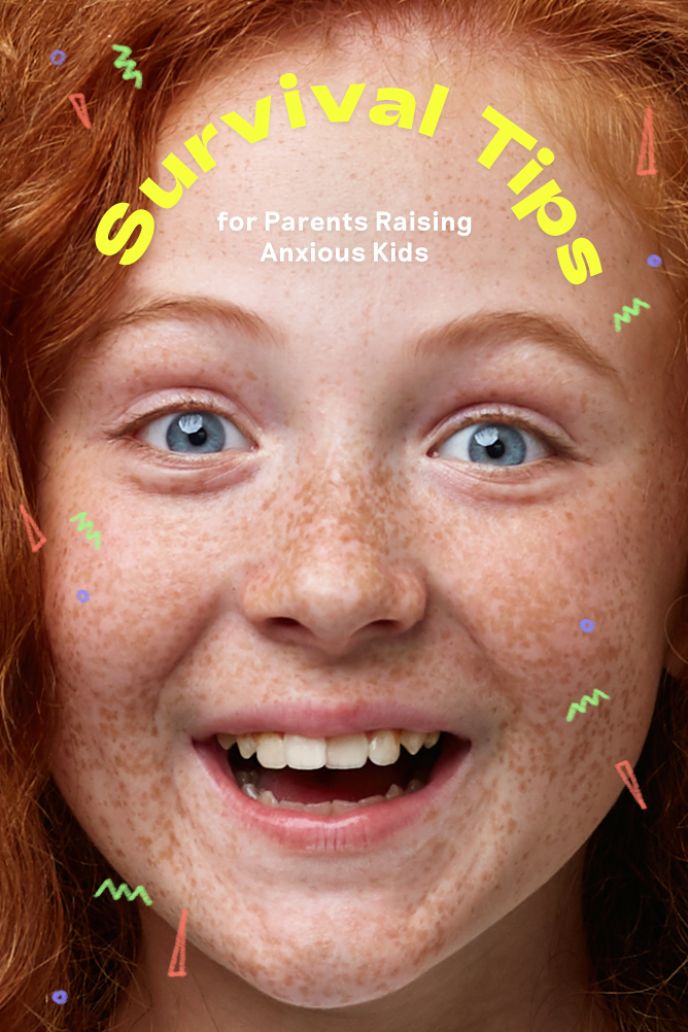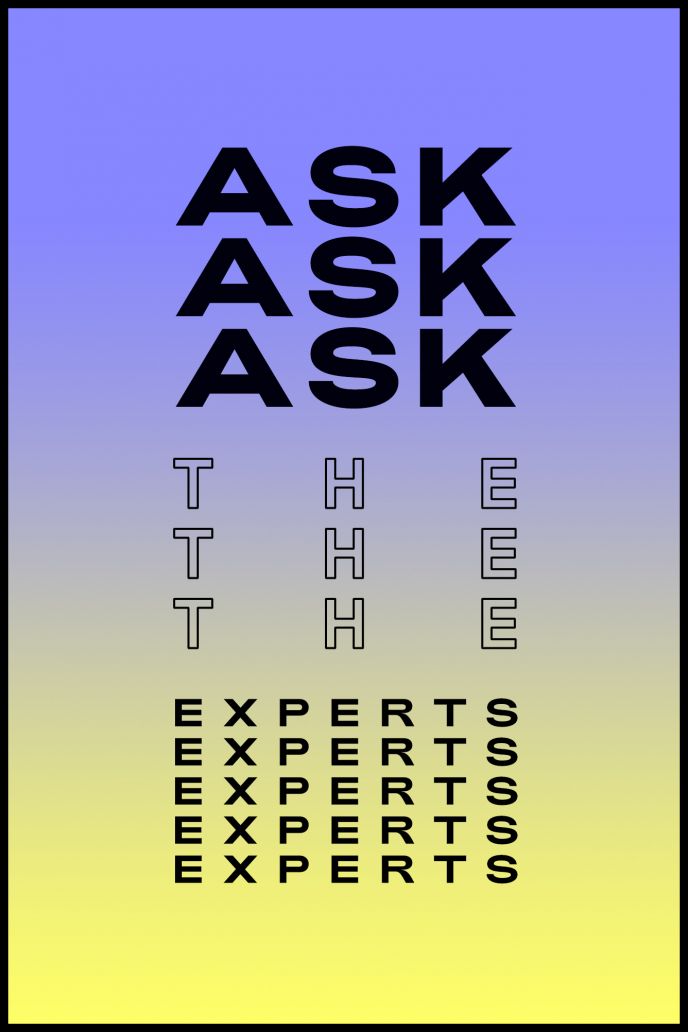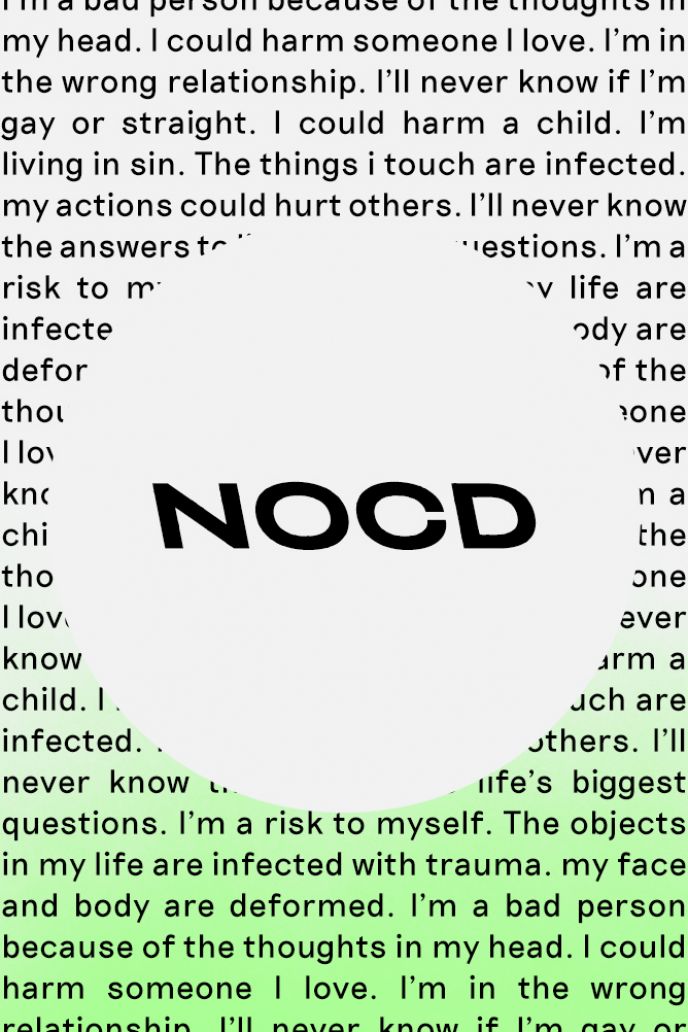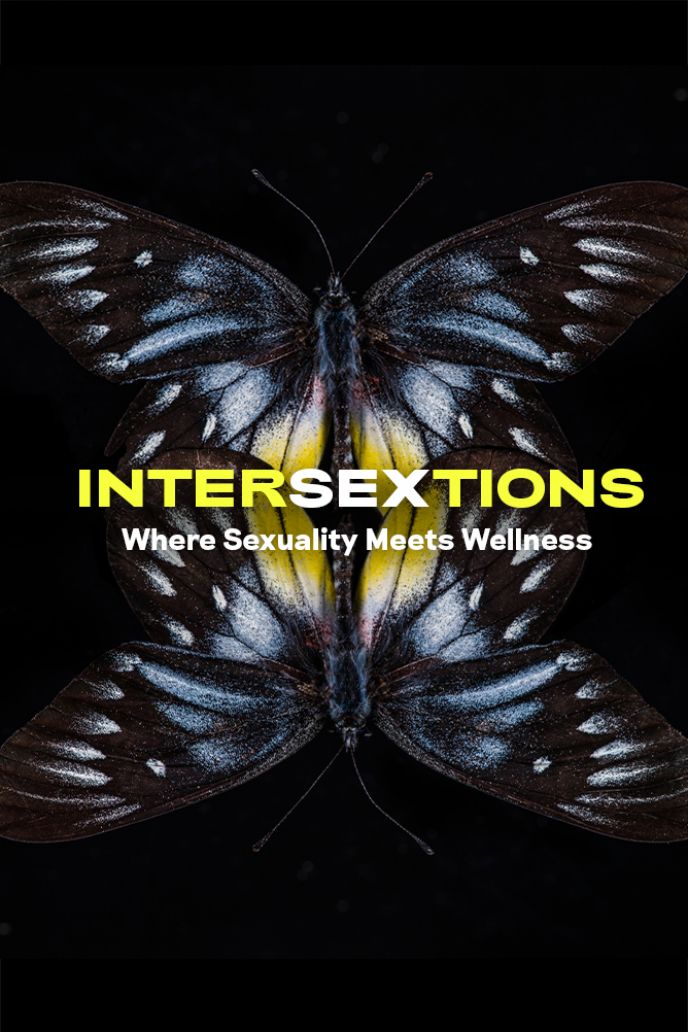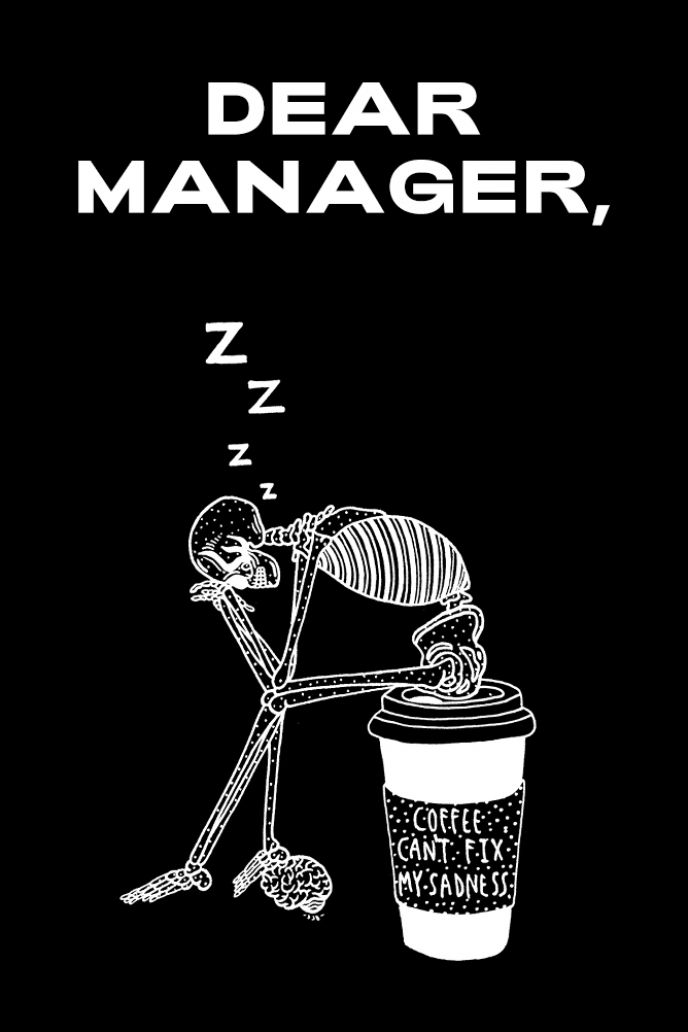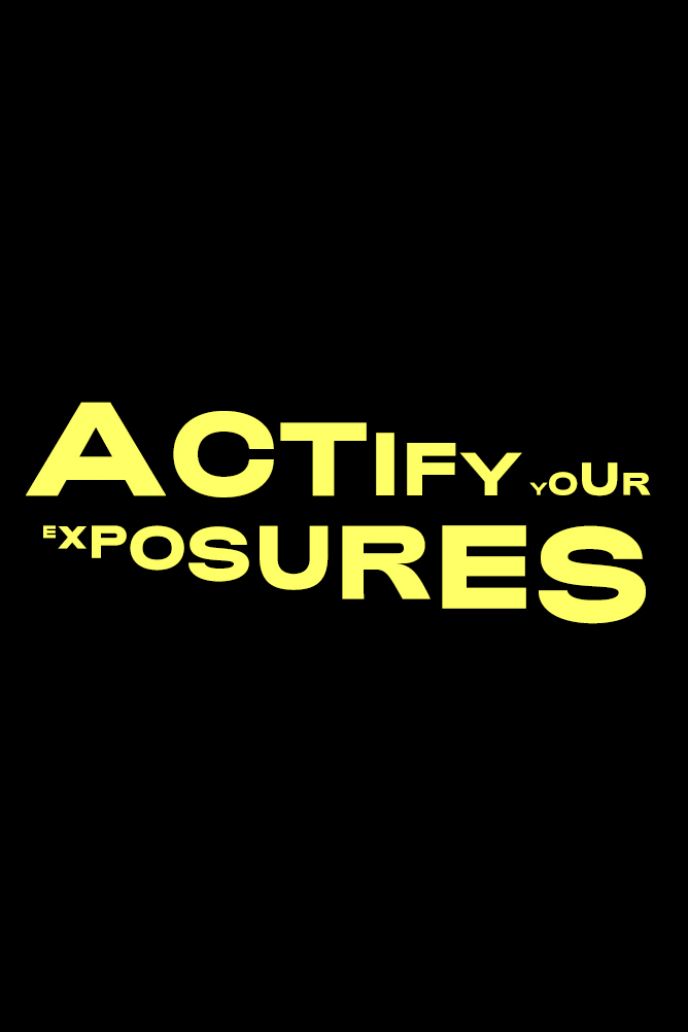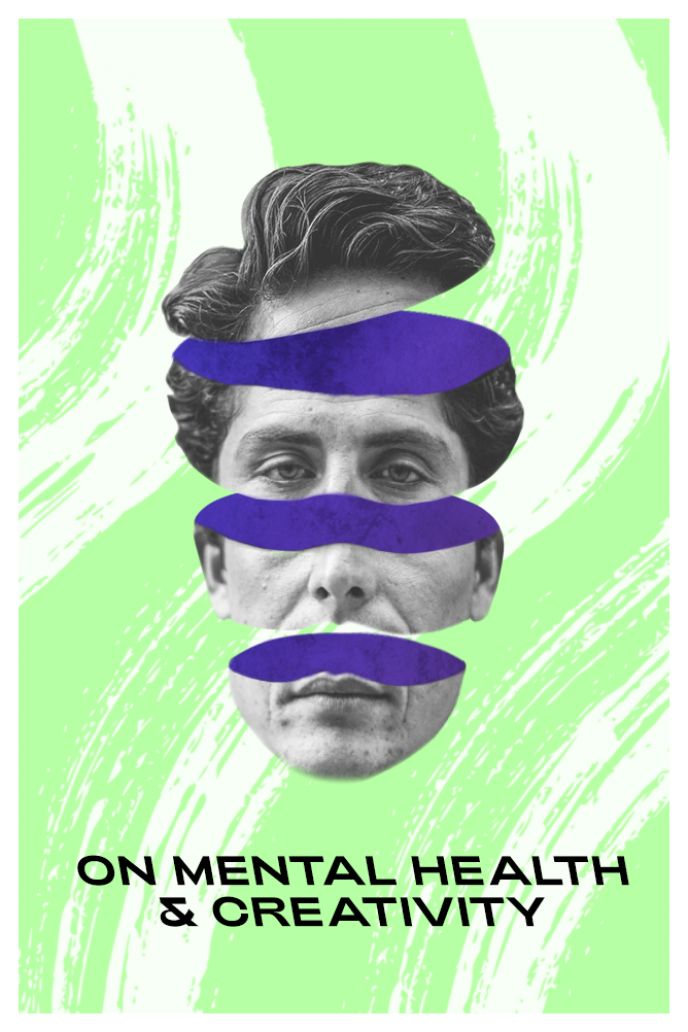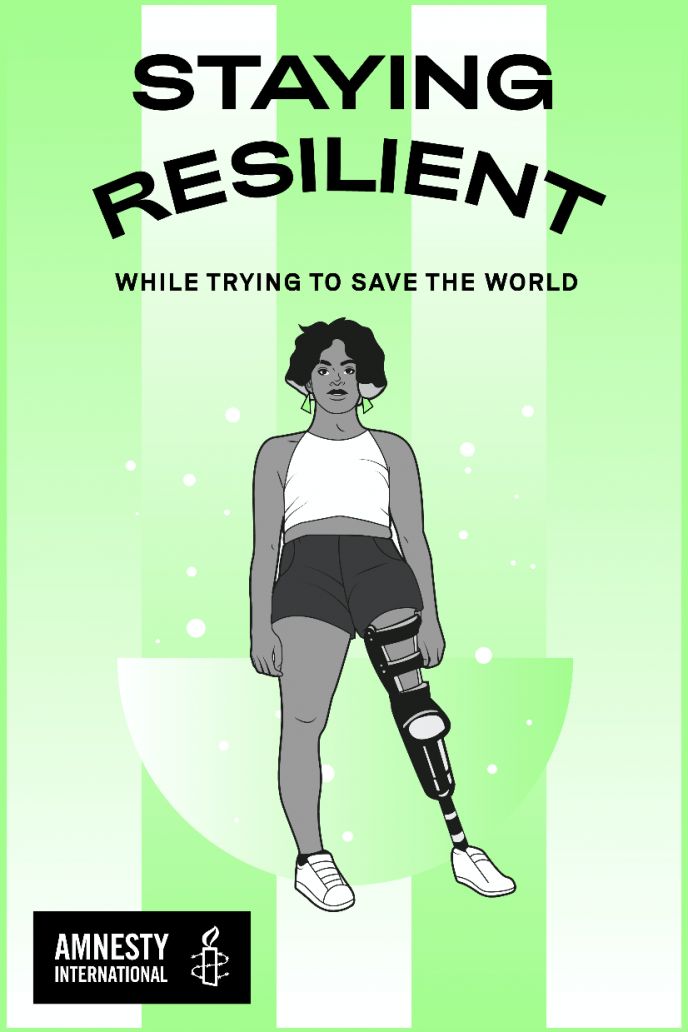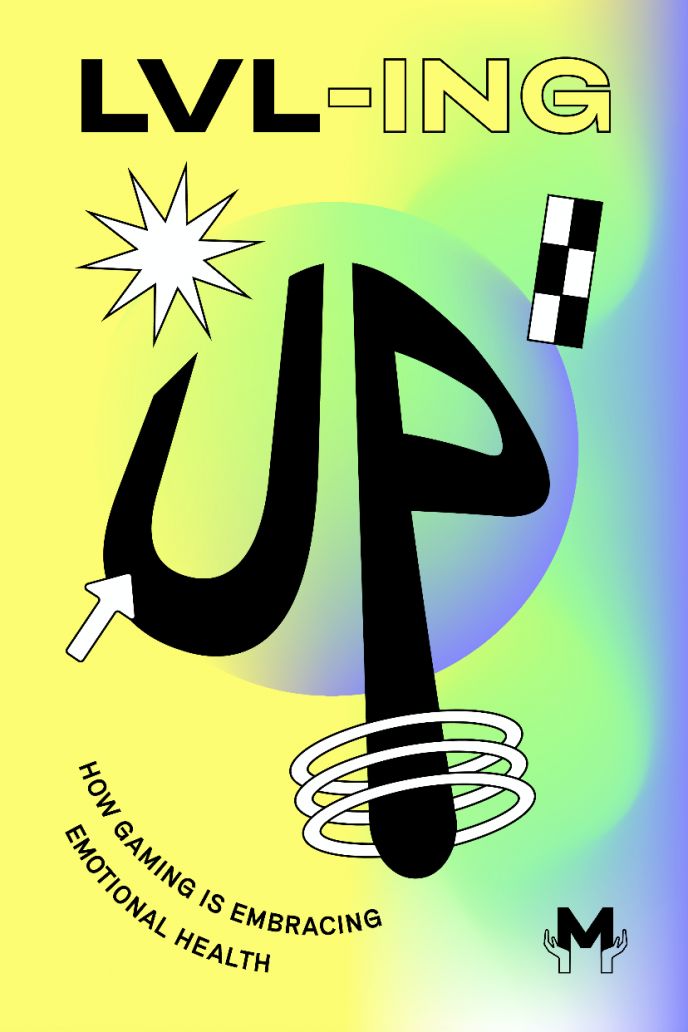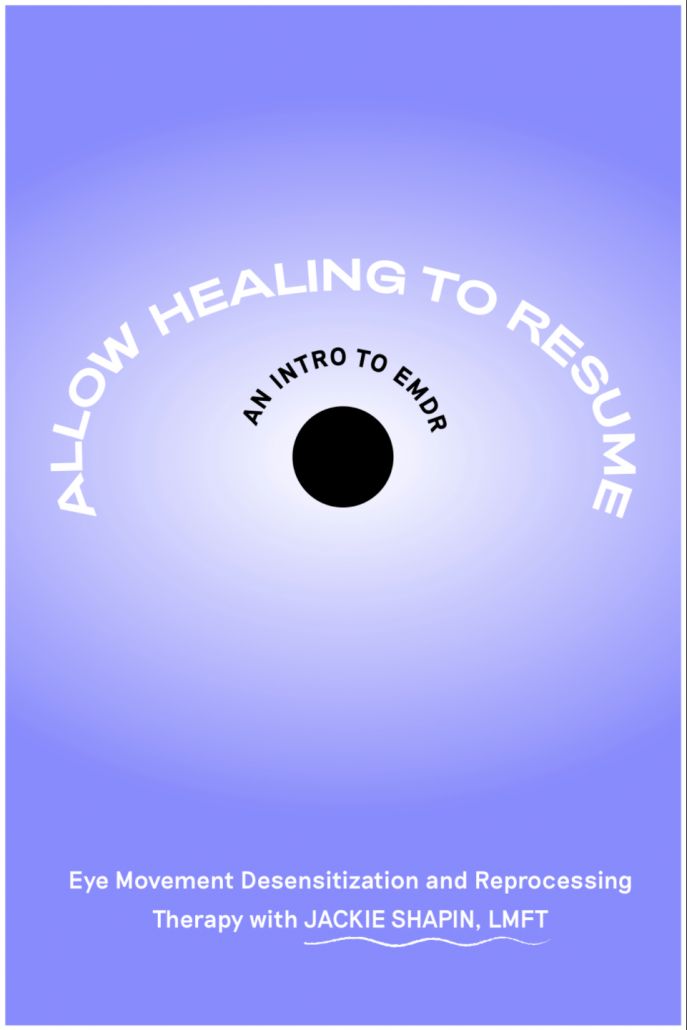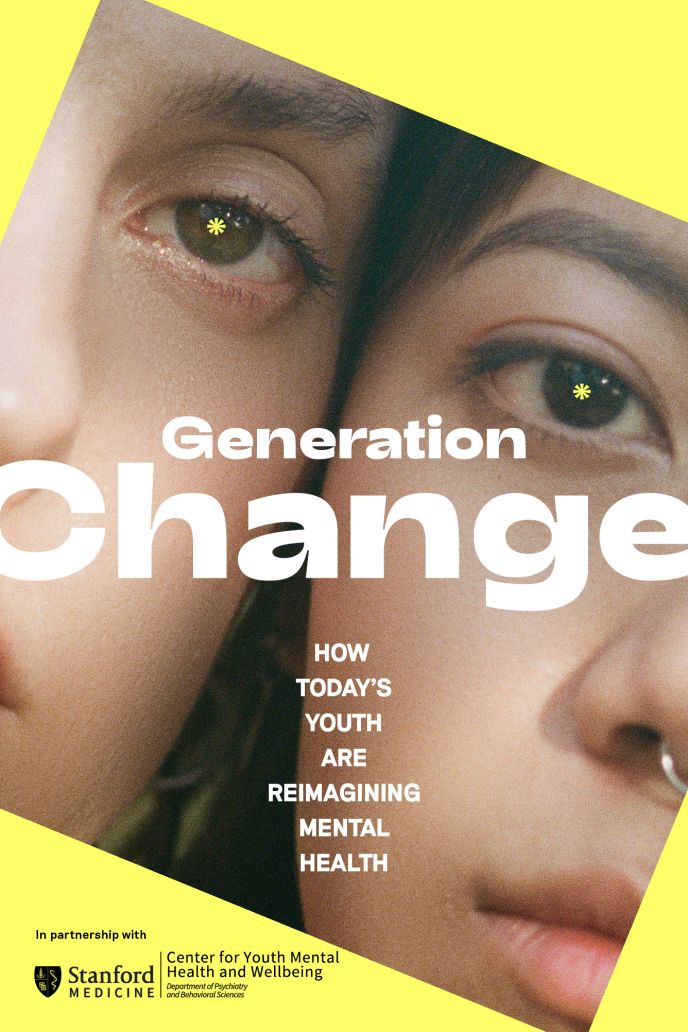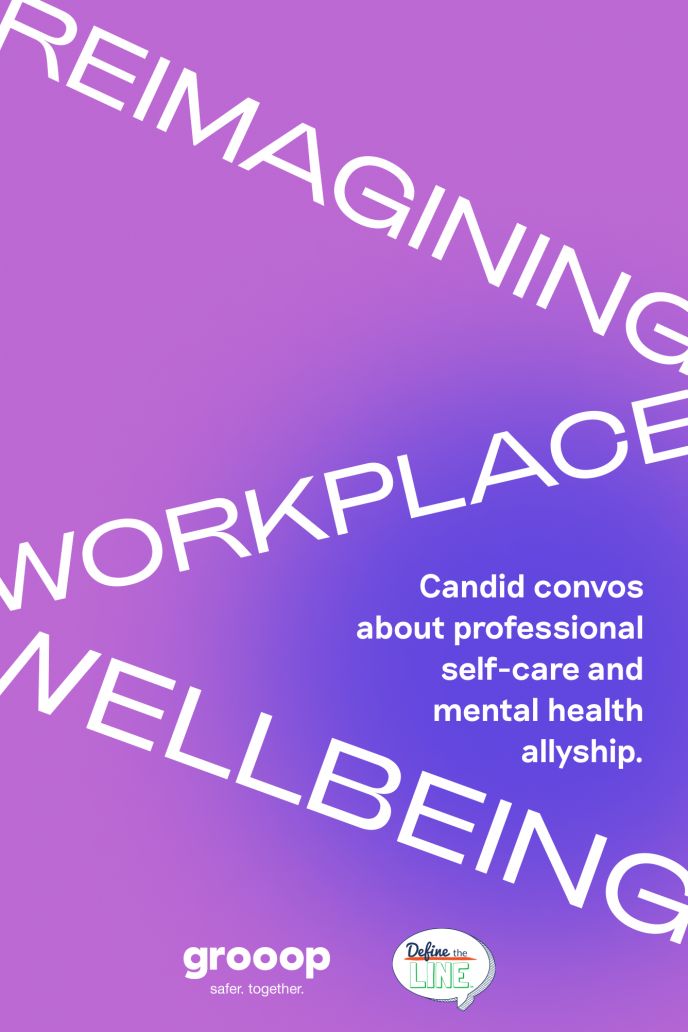Talking Harm OCD with Dr. Steven Phillipson
What is Harm OCD and How Should it be Treated?
Written by Lauren O'Shaughnessy
01 Dr. Steven Phillipson is a licensed clinical psychologist who has specialized in the Cognitive-Behavioral Treatment (CBT) of OCD since 1986.
02 In this video, he defines and discusses Harm OCD. For more info on Dr. Phillipson, please visit: www.ocdonline.com
03 OCD3 is a web series that brings professional perspectives to the OCD community so sufferers can make healthy decisions and lead better lives.
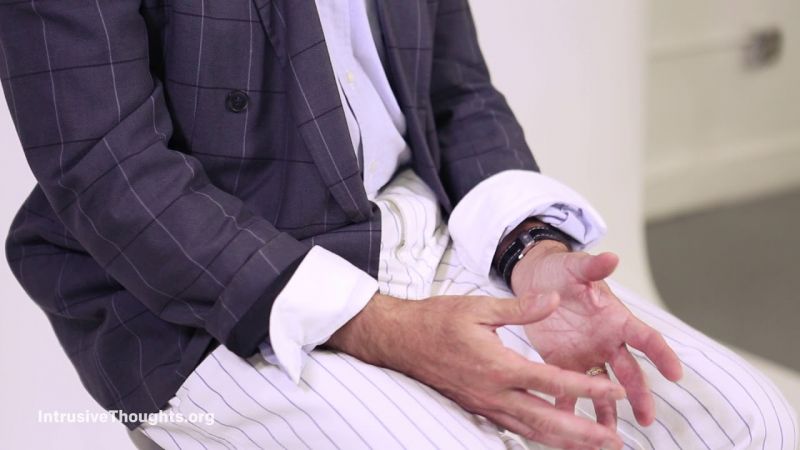
OCD3: What is Harm OCD?
Read the full transcript below:
1) What is Harm OCD?
Harm OCD is also one of the most common subsets of OCD where sufferers have natural associations of the potential that others around them might be their unwitting victims. So it’s not uncommon that a spouse might have thoughts of taking a knife and stabbing their partner or strangling their partner. The idea is that the sufferer gets a very natural human association of stabbing someone, perhaps of pushing someone in front of a train, and the concern is that us humans are not always capable of fending off impulses to act in a way that’s out of control. And so the idea is that the patient becomes very concerned about their need to prove to themselves that they are not capable of harming loved ones or strangers.
So a person will engage with a tremendous amount of rumination or preoccupation in trying to find out if they are capable of acting this way.
Persons with Harm OCD often become very preoccupied with their character. They don’t understand it’s very natural for all humans to have these harmful associations. And so they think that because they are having these thoughts, there is a greater likelihood that they may actually act on these thoughts. And then they become preoccupied with the idea and the question of well if i’m having these thoughts doesn’t that say something about me as a person as being good or bad, or violent. And so they become very focused on and sometimes engage in a lot of reassurance to try to establish and confirm that they are not really a bad person because they have these thoughts.
2) What are common symptoms of Harm OCD?
Persons who have harm OCD are in a never ending search for confirmation that they are in no way responsible for the harm of others. They are endlessly seeking proof that they are not a bad persons. That they are not capable of acting out in an impulsive violent out of control way.
The most common symptoms of persons with Harm OCD are to hide objects that might be used to harm others around them. They may hide kitchen knives, they may hide forks, utensils, they may engage in a lot of checking to make sure that they haven’t put poison in other people’s food, and they also engage in a lot of reassurance seeking so they may go online and investigate criminals who actually have harmed others and try to develop a profile of contrast to prove they don’t have the same characteristics as say someone like Jeffrey Dahmer who is a serial killer.
3) What are common misconceptions surrounding Harm OCD?
I think the greatest misconception around Harm OCD is the idea that having these thoughts might actually speak about a person’s character and so persons that have the condition don’t know typically that these associations are very common to humans. And basically 85% of the population reports not having OCD that they still have these very very common associations that are harmless and meaningless. And so the misconception is that without that knowledge, there is something unique about themselves for having these associations that speaks about their character in some negative way.
Also, the idea that persons’ with harm OCD might be in some ways more likely than others who might not have harm associations to actually act on these thoughts. And I tell persons on a regular basis that I would leave them in a room with a knife and my children for a weekend and I would be more concerned about their safety than my children’s safety.
4) How do you help someone with Harm OCD?
Persons who are aware of a family member or friend who has harm OCD, it’s really important not to engage in reassurance. So common people would say, “Hey I’ve known you for a long time, you’ve never hurt anything, you couldn’t hurt anything.” And this type of reassurance has no benefit, because the sufferer’s brain has paired the malfunctioning emergency system with this topic and that part of the brain has no language skills.
Having fun with the topic can be beneficial. To joke about it can be very therapeutic, because laughing at an emergency signal from the brain can actually short circuit the brain’s desperation. And so to encourage the sufferer around loved ones who are trustworthy to share the associations in a light hearted and even potentially comical way can become a very very effective adjunct to treatment or sort of dialing back the intensity of the condition.
5) How do you treat Harm OCD?
Treatment for Harm OCD utilizing Exposure and Response Prevention often might involve having the patient carry different implements of increasing threat. So a person might start off just carrying a plastic fork or a plastic knife in their pocket and then purposefully create the association that they might use that device to harm others around them. And so we build up on that such that a patient might carry more and more threatening knives in their pocket or in their backpack. And so pairing with that dangerous object is the idea that ‘ok I might act now spontaneously out of control and these people might be in danger. To engage in self-exposure that basically repeats the exact associations voluntarily that their brain is producing involuntarily demonstrates the meaninglessness of the association.
One of the important misconceptions is that the goal of treatment is to show the patients that they are not actually a danger to those around them. The goal of treatment is the attaining of what’s called habituation. Whereas when we take a stimulus from the brain and purposely and repeatedly expose the brain to that stimulus, the brain then shuts off its preoccupation and emotional association to those topics.
Recovery for Harm OCD would look like a person’s associations naturally with harmful thoughts not producing an emotional tsunami of distress. The idea is we’re not actually trying to make the thoughts go away, which would be a mistake because all humans have these thoughts, the idea is that through this very aggressive exposure therapy, the sufferer would no longer have the emotional distress signal being a burden or preoccupation.
For more videos from our OCD3 series, head to our YouTube channel here.
About the author
Lauren is the editorial director and cofounder at the Made of Millions Foundation. She has been a part of the team since its launch in 2016. She has been open about her personal struggles with Generalized Anxiety Disorder and social phobia. You can follow her on Instagram at www.instagram.com/internet_lauren.
Support our work
We’re on a mission to change how the world perceives mental health.


